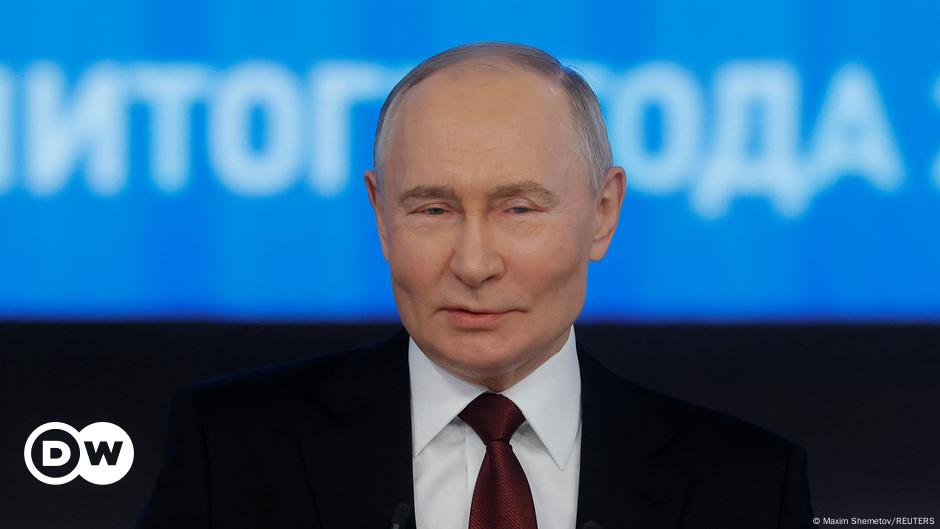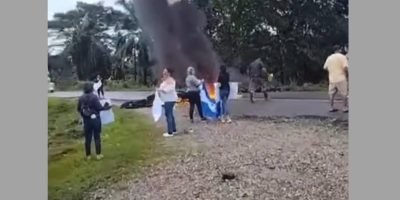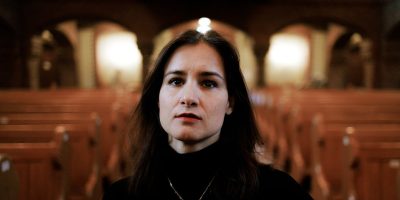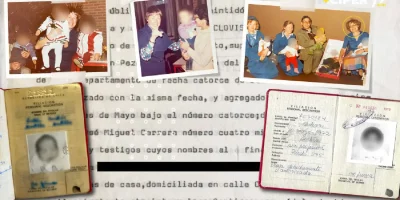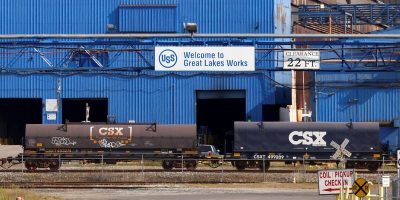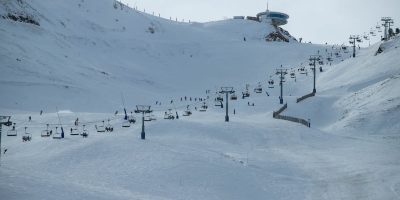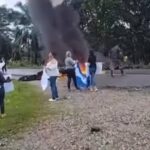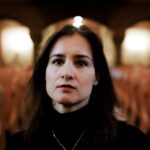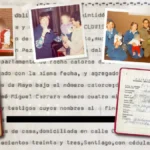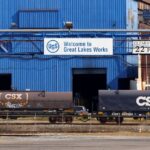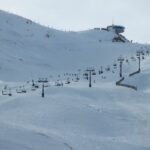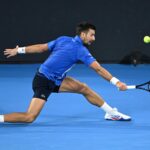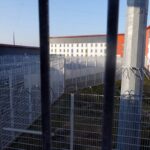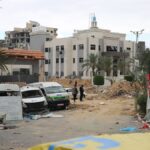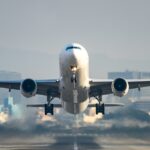In August 1999, Vladimir Putin was appointed the prime minister of the Russian Federation. Months later, as the world prepared to welcome the year 2000, he succeeded the ailing Russian president, Boris Yeltsin. When he took office, Putin declared that Russia was, and would remain, a great power. In Europe and the United States, he was seen as someone who would restore order within Russia as the country emerged from the tumult of the 1990s.
“I looked the man in the eye,” US President George W. Bush said following his June 2001 summit with Putin in Slovenia. “I found him to be very straightforward and trustworthy. We had a very good dialogue. I was able to get a sense of his soul: a man deeply committed to his country and the best interests of his country.”
In a speech to Germany’s parliament, the Bundestag, in September 2001, Putin offered EU countries a security partnership with Russia. He questioned the role of the leading NATO power, the United States, but did not rule out Russia’s eventually becoming a member of the alliance and the European Union.
The EU and Russia agreed on a number of cooperation programs and initiatives, with the aim of establishing a “strategic partnership.” NATO opened an office in Moscow, and Russia set up a permanent mission to the alliance in Brussels. A special NATO-Russia Council was established to discuss strategic issues, including the decision by various Central and Eastern European countries to join the alliance.
Being one of the main suppliers of oil and gas to the European Union also proved very profitable for Russia.
Russians in Berlin despair about 2024 election
‘Flawless democrat’ Vladimir Putin
In 2004, German Chancellor Gerhard Schröder described Putin as a “flawless democrat” despite evidence that he was clamping down on domestic opposition and the press. After he left office, Schröder was given lucrative positions in Russian state-run energy companies.
At the Munich Security Conference in 2006, Putin notably changed his diplomatic approach. He said the US and EU had not accepted Russia as a great power, and portrayed the expansion of NATO to include central and eastern European countries as a breach of assurances that the alliance would not bring its borders closer to his. In fact, Russia had agreed to the expansion in 1997, with the signing of the NATO-Russia Founding Act.
Arms reduction agreements were scrapped. Russia was sharply critical of a planned US missile defense system. At its April 2008 summit, NATO promised Ukraine and Georgia that they would be allowed to join the alliance. Putin was outraged.
In August 2008, Putin demonstrated Russia’s military might by intervening in a conflict inGeorgia, and, after a short war, brought the regions of South Ossetia and Abkhazia under the Kremlin’s control.
In 2013, the European Commission was still discussing its long-term vision of establishing a “common economic and humanitarian space” with Putin’s Russia, stretching “from Lisbon to Vladivostok.”
Putin: Multifront warlord
Following the democratic Maidan Revolution in Kyiv and the ousting of pro-Russia President Viktor Yanukovych in the spring of 2014, Putin attacked Ukraine. Russia annexed the Crimean Peninsula in violation of international law, and brought parts of eastern Ukraine under its control with the help of pro-Kremlin separatists. The US and EU imposed sanctions on Russia and attempted to mediate. German Chancellor Angela Merkel and French President Francois Hollande brokered the Minsk Agreement, which was supposed to lead to peace. It never did, but Merkel later said it had bought Ukraine time to grow stronger.
In the eyes of EU officials, Putin was becoming an increasingly autocratic ruler. In 2021, the European Commission noted a “negative spiral” in EU-Russia relations, but the bloc continued to turn to the Kremlin for energy imports.
In March 2022, shortly after the full-scale invasion of Ukraine by Russia, US President Joe Biden said Putin was a “war criminal” and “a murderous dictator, a pure thug.” From this point on, NATO regarded Putin’s Russia, its new-old enemy in the East, as “the most significant and direct threat to Allies’ security and to peace and stability in the Euro-Atlantic area.”
Bolton: ‘Putin knows how to play with Trump’
The European Union imposed sweeping sanctions on Russia, and moved to expedite the end of its dependence on Kremlin-sold oil and gas. Almost three years after the start of the war in Ukraine, the European Union has not fully achieved this goal. Liquefied natural gas still flows from Russia to the European Union. Trade has shrunk, but many EU companies still do business in Russia. The food, pharmaceutical and chemical industries are not affected by sanctions.
Twenty-five years after Putin took office, NATO is bracing itself for a new arms race. The alliance’s primary mission now is to defend itself against aggression from Russia.
This article was originally written in German.

